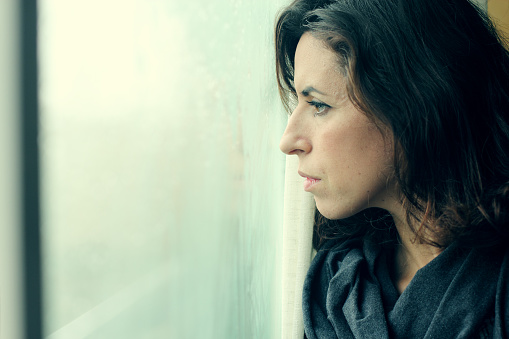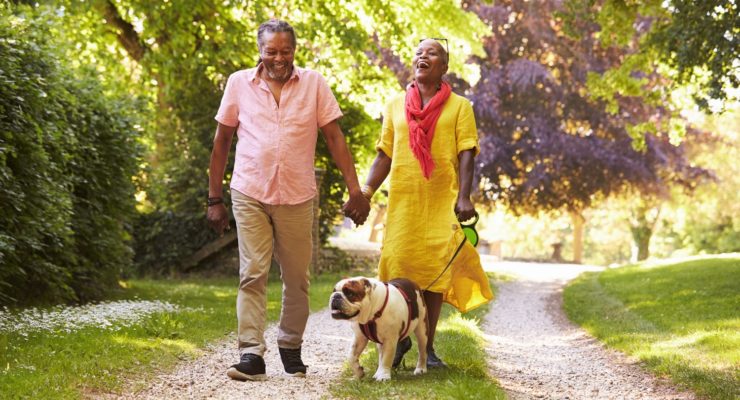
Feeling a little more tired, a little less patient and a whole lot of blah? It’s understandable—the combo of colder weather and shorter days can dampen anyone’s spirit. But for some people, this time of year triggers changes that go way beyond a funk: Experiencing significant fatigue, feeling sad on most days and sleeping more than usual all point to seasonal affective disorder (or SAD), a clinical form of depression, according to experts at the American Psychological Association. The symptoms are exactly the same as those of major depression, and can include losing interest in activities, having a hard time concentrating, more irritability, cravings sweets and starches, and weight gain. The only difference is SAD follows a seasonal pattern, with symptoms starting in the late fall and early winter, and improving in the spring.
If you find yourself struggling around the changing season and suspect you suffer from SAD, talk to your health provider. Your doctor may run tests to rule out underlying medical conditions, or refer you to a mental health profession for a psychological evaluation. The bright side: There are things you can do to ease symptoms; here are some to consider:
Light Therapy
How it works: You sit near a specialized light box that shines a controlled amount of bright light mimicking natural outdoor light, and appears to help re-balance brain chemicals linked to mood, explains the Mayo Clinic. A mental health professional can help adjust the timing and dose of light to your specific needs and body rhythms. This is important because if used incorrectly, light therapy may strain your eyes, give you a headache or make you agitated.
Talk Therapy
It helps you first identify, and then change, negative thoughts and behaviors that make symptoms worse; plus, you learn healthy ways to cope with SAD and manage the stress of the condition. Research published in the American Journal of Psychiatry found that a SAD-tailored version of cognitive behavioral therapy, or talk therapy, was more effective at preventing relapses in future winters, when compared to light therapy.
Get Outside
Take a long walk, even on brisk or cloudy days—and try to do it in the morning within two hours of waking up for the most benefit, according to the Mayo Clinic. Outdoor light can help ease milder symptoms.
Work Out
Physical activity can help reduce stress and anxiety, both of which increase SAD symptoms.
Ask About Medications
Your doctor may prescribe an antidepressant if your case is severe; he or she may also recommend starting treatment before symptoms typically begin, and continuing past when they dissipate. It may take several weeks to notice full benefits from an antidepressant.









